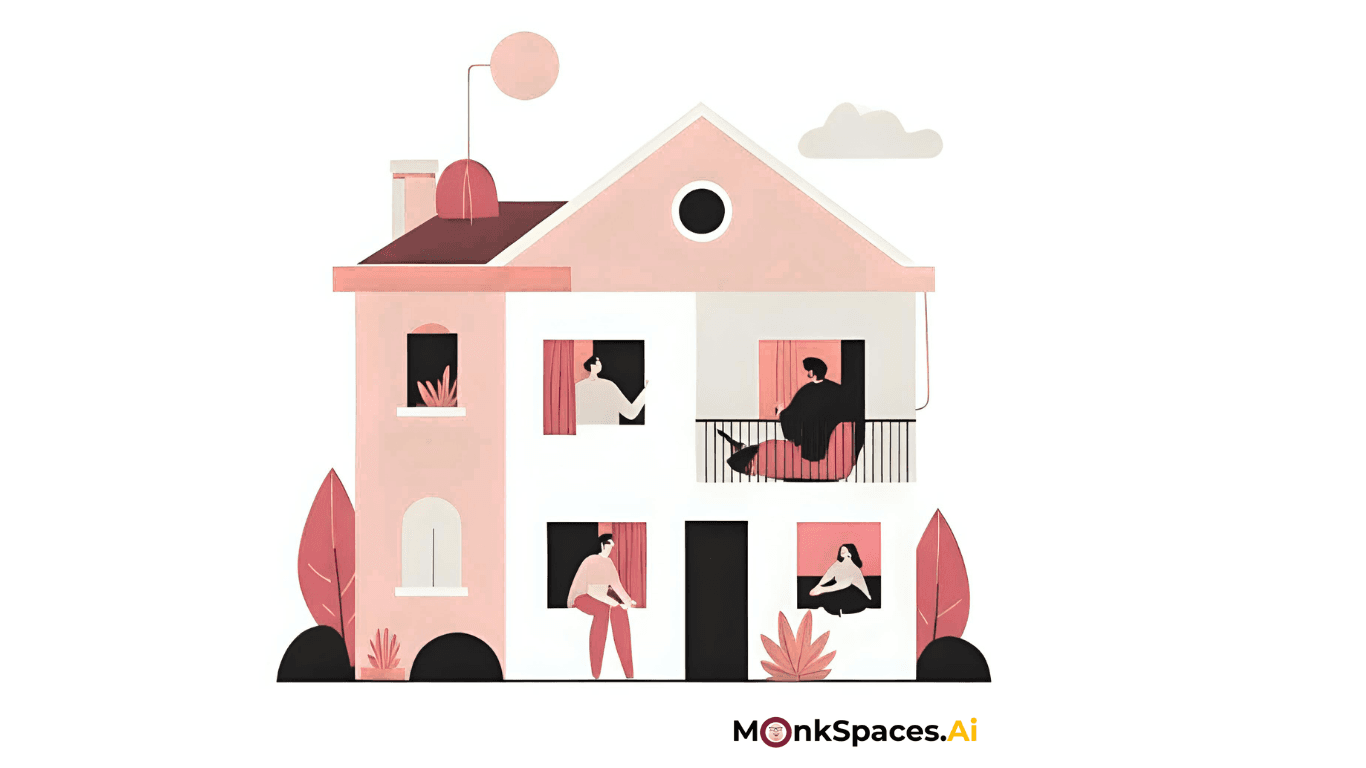Industry Blogs
Why Coliving Spaces Are Winning the Renters’ Market

In real estate, we've seen many cycles of hype and short-lived trends. The surge of coliving spaces isn't one of them. It's a model that quietly, consistently makes sense, and more people should be paying attention to it.
--------------------------------------------------------------------------------------------------------------------
Quick Summary: What’s Working?
- Residents settle in quickly with flexible leases and move-in-ready homes.
- Work and downtime flow naturally in thoughtfully designed spaces.
- Meaningful connections grow in vibrant, welcoming communities.
--------------------------------------------------------------------------------------------------------------------
It's Built for How People Live Now
When people move into a new place, they’re often faced with outdated hurdles: long leases, empty units, and clunky move-in processes. That doesn’t work anymore.
Today’s tenants are mobile, remote, and often global. They don’t want to sign year-long leases or spend $10k furnishing an apartment just to feel settled.

Coliving strips out the friction:
- Fully furnished, move-in ready
- Month-to-month lease options
- Instant approvals and flexible terms
People can move in tomorrow, plug into Wi-Fi, and be working by lunch. For renters, that ready setup means more convenience and flexibility.
From an operator's point of view, that speed = lower vacancy and stronger unit economics.
Traditional multifamily averages ~30-45 days to fill a unit. Quality coliving operators are seeing ~7-14 day turns.
Work-Life Is Already Blended
Another reason why they’re thriving is that they’re designed for work-life integration.
People are now working from home, building side hustles, and taking calls at 10 pm from another time zone.
Coliving embraces this lifestyle shift with smart design, featuring coworking zones, communal kitchens, casual lounges, and breakout areas.

It creates a seamless flow between focus and recharge.
You can shift from deep work to a shared dinner without leaving the building. In coliving, work and life don’t compete; they compound.
Community = Retention (And Higher NOI)
Life today is flexible, but also more isolating.
People move often, change cities, and switch careers. That mobility comes with a cost: disconnection.
Coliving answers that, too.
It doesn’t try to manufacture community. It just sets the conditions for it to emerge:
- Regular dinners and events
- Online communities for residents
- Common areas for shared discussions
For most renters today, the ability to socialize is the single biggest advantage of co-living.
It’s the spontaneous hallway chats, the late-night brainstorms in shared kitchens, the friendships that start at weekly dinners. That kind of social fabric makes people feel rooted, fast.
It’s simple: When people feel connected, they stay.
Some coliving operators in Europe reported over 90% occupancy rates in 2025.
Solving Multiple Issues At Once
Coliving solves multiple problems: mobility, loneliness, and underused space. That's rare in real estate.
The fundamentals work for operators:
- Lower vacancy periods
- Better retention rates
At the same time, residents get more affordability, flexibility, and less loneliness. It’s one of the few models that truly is designed for a win-win.
That’s why we believe in coliving—and why we make operations easier for these spaces.
Smooth Operations = Better Coliving Spaces
Automate invoicing, amenities, and marketing to save time and reduce errors with MonkSpaces.Ai.
Explore our coliving solutions →





